#prehistoric horses
Text

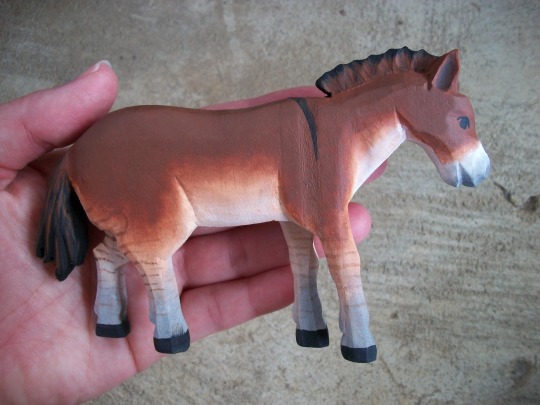


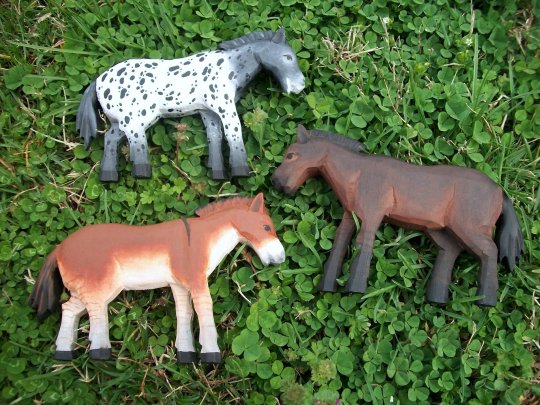

Few more shots of the Cave Ponies going up in my Etsy shop tomorrow (3/16)!
I bought these sweet little wooden horses years ago at a craft store and finally got around to painting them recently. Their coat colors and markings are inspired by horses depicted in Paleolithic cave paintings <3
2K notes
·
View notes
Text
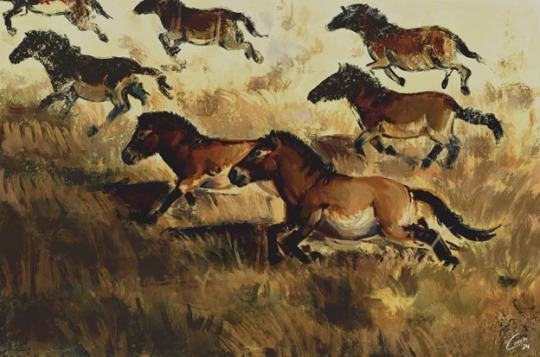
Ice Age Horses - by Caxela
#natural history#prehistoric life#paleoart#prehistoric animals#prehistoric#prehistoric horses#horses#horse#equine enrichment#ice age#pliestocene#paleontology#primitive horses#early horse#steppe#equine#equine friendz
77 notes
·
View notes
Text
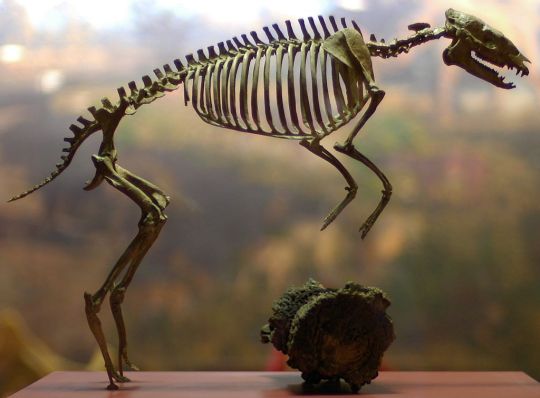
September's Fossil of the Month: Hyracotherium (Hyracotherium spp.)
Family: Horse family (Equidae) or Paleothere family (Palaeotheriidae)
Time Period: Early Paleogene (55-45 Million Years Ago)
Living across much of what is now Europe and North America, the members of the genus Hyracotherium were early members of the order Perissodactyla (the group of mammals to which horses, tapirs and rhinoceroses belong,) and are believed by some authorities to be among the earliest known members of the horse family, although some palaeontologists instead regard them as belonging to a separate but related extinct family of small, horse-like Perrisodactyls known as paleotheres (which would make them relatives or possibly ancestors of modern horses, but not technically true horses themselves.) Though notably horse-like in terms of their overall anatomy, members of this genus were small animals (growing to be 30-60cm/11.8-23.6 inches tall and weighing around 9kg/20lbs,) and, in contrast to the feet of modern horses (which consist of a single toe enclosed in a hardened hoof of keratin, forming a sort of built-in shoe well suited to running on flat surfaces,) had separate hoof-tipped toes on each foot (4 on the front feet and 3 on the back feet) which may have aided them in walking on the uneven, muddy ground of the dense forests that would have covered much of their range at the time. Further distinguishing Hyracotherium species from modern horses is their teeth, which (in contrast to modern horses which have long incisors for grasping and tearing grasses and tall crowns on their molars to protect them from being worn down when chewing tough plants,) consisted of relatively small incisors and short-tipped crowns, suggesting that, as forest dwellers, members of this genus fed on fruits, shoots and low-growing leaves much like many modern forest antelopes. Throughout the Paleogene period, temperatures gradually became cooler and drier compared to the period's warm, humid beginning, and this change in climate led the then abundant rainforests that Hyracotherium species inhabited to be gradually replaced with open grasslands and temperate woodlands. This drastic change led to the extinction of many forest-dwelling specialists towards the end of the Paleogene, but also provided a new selective pressure that would eventually result in the surviving descendants of many forest specialists adapting to life on open plains - by 37 million years ago the members of the genus Mesohippus (which are unanimously excepted as early true horses) had lost the 4th toes on their forefeet and developed longer legs and larger bodies as they adapted to life in open habitats, and roughly 22 million years later the members of the genus Merychippus were larger still, bore their weight on only one toe per foot (though two tiny, presumably vestigial toes still remained,) and had tall crowns that would have allowed them to graze on the abundant tough grasses that surrounded them. Today, the anatomical changes that can be seen in the transition between paleotheres like Hyracotherium and the modern horses of the genus Equus are commonly used as a textbook example of how lineages of organisms have changed and adapted in response to environmental changes over time.
--------------------------------------------------------------------------
(Note - Depending on who you ask, the fossil pictured above may belong to the species Hyracotherium angustidens or to a separate but related animal, Eohippus angustidens. Some authorities consider Eohippus to be the only species in its own distinct genus, while others consider it to simply be a species in the genus Hyracotherium. For the sake of this post, and because the image above is VERY pretty, I've assumed here that the latter is true.)
Image Source: https://commons.wikimedia.org/wiki/File:HyracotheriumVasacciensisLikeHorse.JPG
#Hyracotherium#animal#animals#zoology#biology#mammalogy#paleontology#wildlife#prehistoric wildlife#horse#horses#prehistoric mammals#prehistoric horses#fossil#fossils#paleogene#paleogene wildlife
71 notes
·
View notes
Text

uintatherium x pzrewalski horse!
#pimsriart#pimsriart2024#przewalski horse#uintatherium x pzrewalski horse#uintatherium#paleoart#paleo#prehistoric animal#animal
723 notes
·
View notes
Text
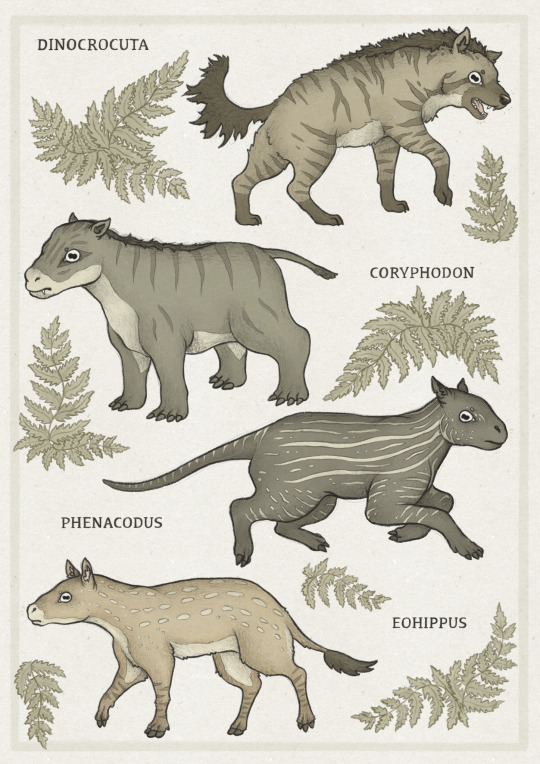
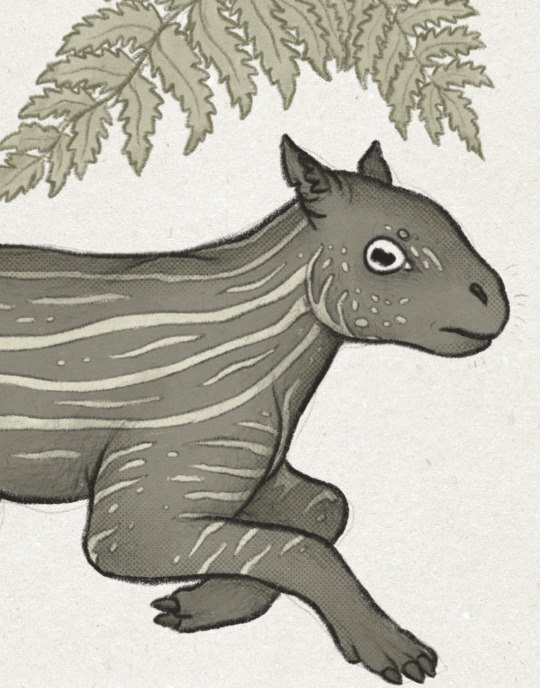
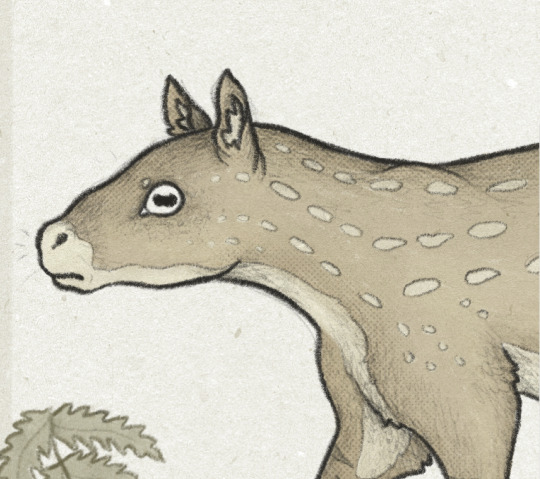


some cenozoic beasties + closeups :]
#cenozoic#cenozoology#cenozoic era#cenozoic fauna#paleoart#paleo#paleolithic#paleo art#paleo drawing#eohippus#phenacodus#coryphodon#dinocrocuta#phenacodontidae#prehistoric horse#prehistoric animals#cenozoic art#cenozic illustration#cenozoic animals#art#illustration#artists on tumblr#animal art#animal illustration#comics#doodle#illustrator#artist#digital art#animal artist
986 notes
·
View notes
Text
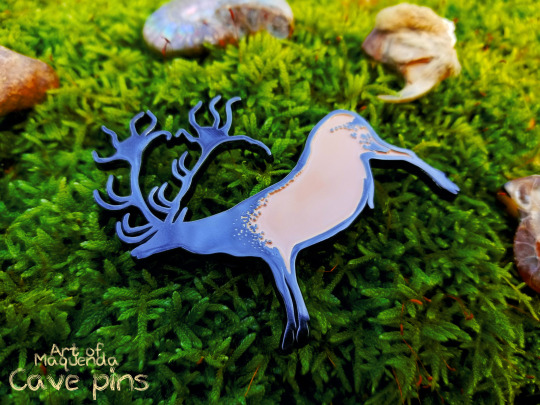







My two new cave pins are finally here as well and I'm so happy with them! :D They are much thicker, sturdier and larger!
They are available here:
Stag: https://artofmaquenda.etsy.com/listing/1702729943/large-deer-cave-pin-lascaux-chauvet
Honse: https://artofmaquenda.etsy.com/listing/1688551436/large-horse-cave-pin-lascaux-chauvet
#cave art#cave#horse#honse#paleo art#prehistoric art#prehistoric#megaloceros#stag#deer#pins#artofmaquenda#maquenda#Lascaux#Cauvet#cave painting
147 notes
·
View notes
Text

#godzilla#godzilla king of the monsters#godzilla art#godzilla comics#godzilla evolved#godzilla earth#godzilla minus one#godzilla minus 1#godzilla movies#godzilla raids again#godzilla rp#godzilla rivals#godzilla redesign#godzilla resurgence#godzilla the series#godzilla ultima#the king of the monsters#prehistoric monster#prehistoric mammals#prehistoric#fire breathing monster#fire breathing#dark horse comics#dark horse books#dark horse presents#dark horse#godzilla island#godzilla idw#godzilla save the earth#godzilla horror
70 notes
·
View notes
Text

From Terra: The Member's Magazine of The Natural History Museum of Los Angeles County. Volume 15, No. 2. Fall 1976.
Internet Archive
363 notes
·
View notes
Text

†Yukon horse (Equus lambei)
Art credit: Rinaldino
Thousands of years ago, a variety of wild horse species lived across the northern hemisphere. Fossils of E. lambei are found, as the name suggests, in the Canadian Yukon Territory, just east of Alaska. At the time this wild horse lived, the Yukon was part of a large landmass known as the Bering land bridge, which connected Asia and North America. This land was exposed when much of the ocean was locked into giant ice sheets during the ice age, and today the higher sea levels have separated the two continents. The Yukon horse lived in a cold steppe environment alongside bison, mammoths, and reindeer. This and other North American horse species went extinct about 10,000 years ago, and the Americas completely lacked horses until the introduction of the domestic horse several hundred years ago.
#markhors-menagerie#animal facts#animals#biology#fun facts#ungulates#odd toed ungulates#horse#horses#Yukon horse#Bering land bridge#palaeontology#prehistoric animals
94 notes
·
View notes
Text

dinovember day 23: parasaurolophus 🍋
#dinosaur#prehistoric#paleontology#dinovember2023#parasaurolophus#LEMONS ARE CHUNKY AND SO ARE PARASAURS !!!#what a prehistoric horse .. smh
66 notes
·
View notes
Text

145 notes
·
View notes
Text
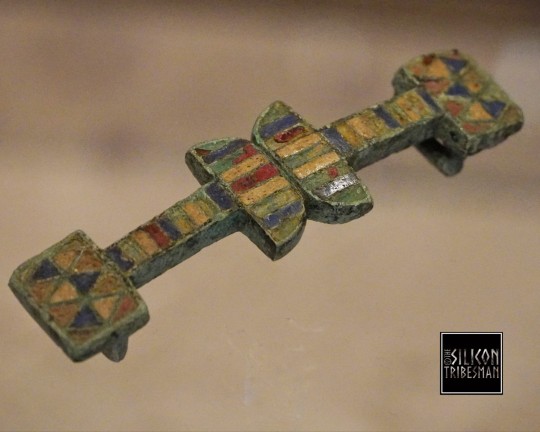
Iron Age Glass and Enamel Decorated Strap Junction from a Horse Harness, The National Museum of Scotland, Edinburgh
#ice age#stone age#bronze age#copper age#iron age#neolithic#mesolithic#calcholithic#paleolithic#prehistoric#prehistory#enamel#decorative#horse harness#archaeology#relic#metalwork#ancient living#ancient craft#ancient cultures
50 notes
·
View notes
Text
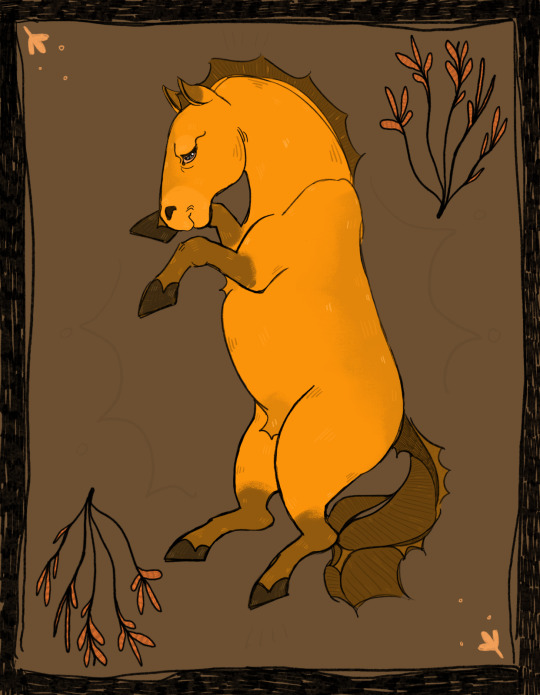
Equus Ferus Przewalskii
#animal art#digital art#paleontology#digital illustration#illustration#procreate#vulture culture#animals#creature art#paleoart#prehistoric#tahki#przewalski's horse#horse#mongolia#prehistory#fossils#cave paintings#cottagecore
172 notes
·
View notes
Photo
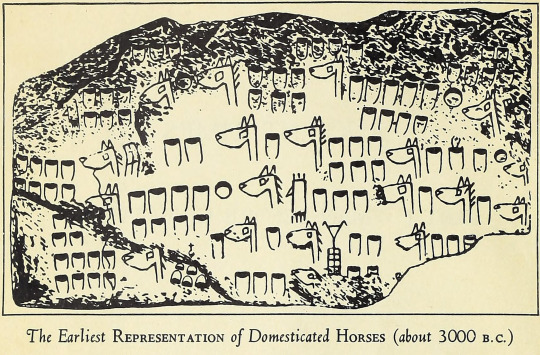
Source details and larger version.
My favorite (and weirdest) equine images are collected in my horse gallery.
44 notes
·
View notes
Photo


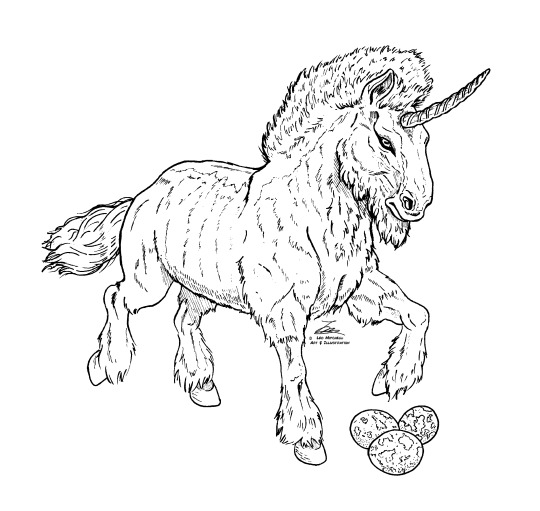
Equus Magnus Unicornis 🦄
Last year, Easter was on the same day as “Bat Appreciation Day”, this year, it’s on “National Unicorn Day”. I knew straight away I was doing the unicorn version of the prehistoric Equus Magnus, from “Ark: Survival Evolved”. There is only one on the entire map, making it one of the rarest tames. I’ve been spending every session trying to find it. So it is like a really hard Easter Egg hunt.
As soon as I find it, I’ll come back and draw the background of where I found it. With fully rendered shading, lighting and detail.
☕️Buy me a Ko-Fi?
#Unicorn#Easter Egg#Ark Survival Evolved#Equus#mixed media art#prehistoric#horse#EquusGiganteus#Equus Magnus
125 notes
·
View notes
